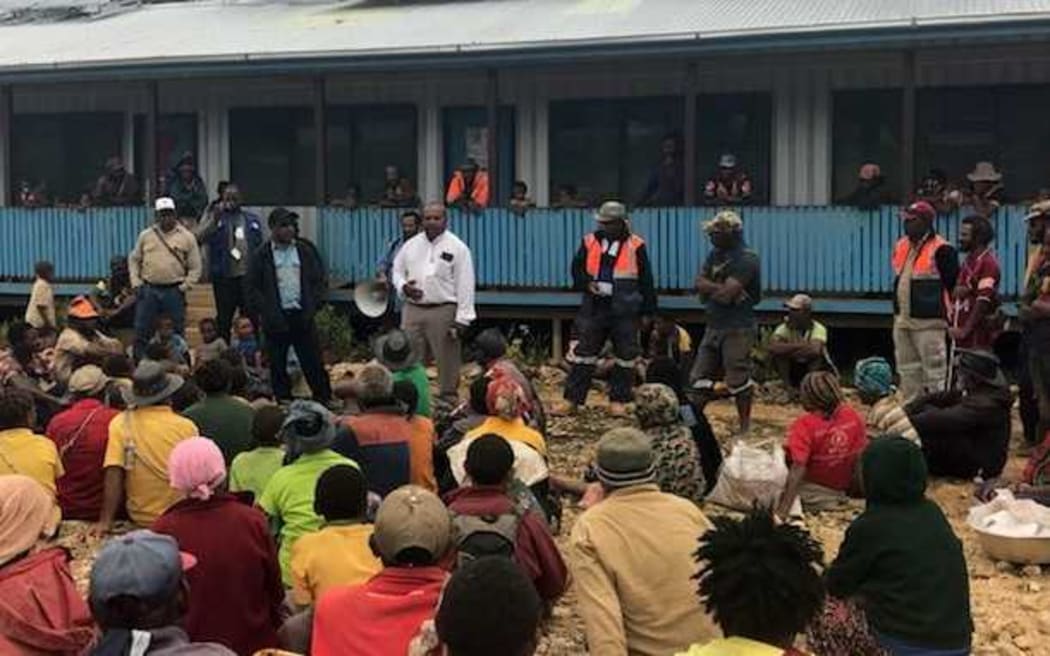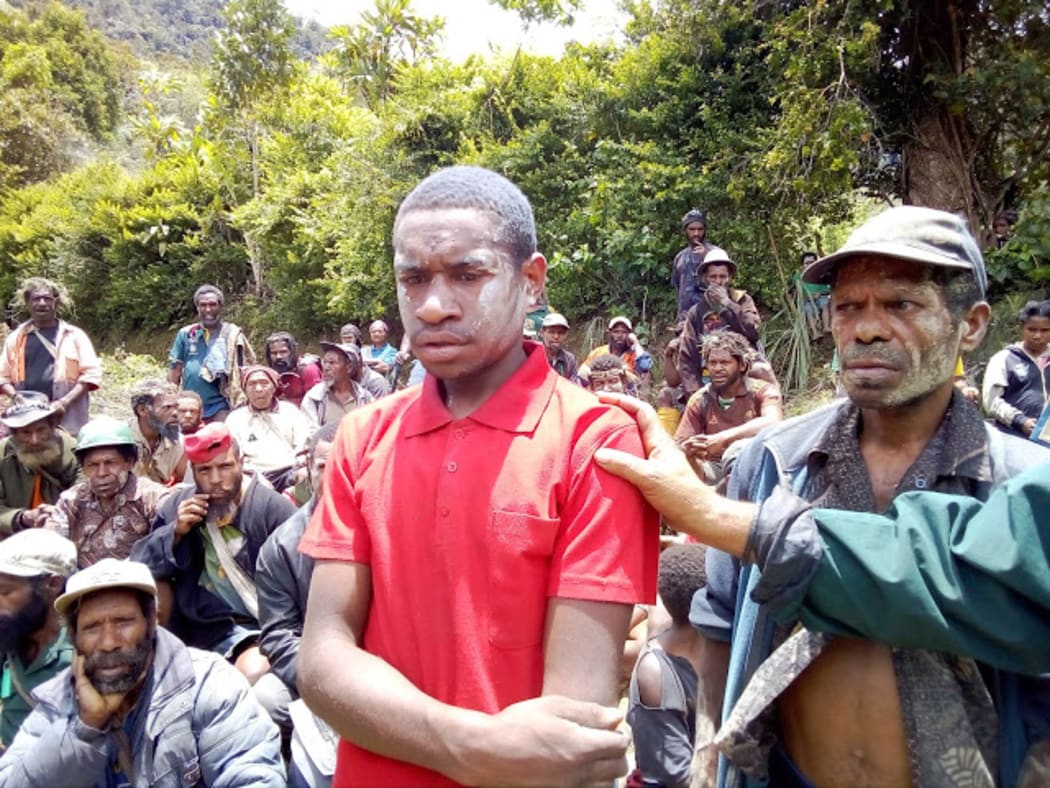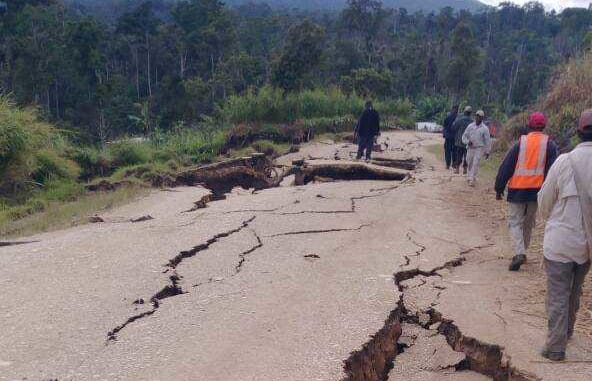
A paramedic clinic established several days after the 26 February earthquake in PNG's Hela province, assisted by ExxonMobil. Photo: ExxonMobil
A third of all health facilities in Papua New Guinea's quake-hit Highlands region have closed as a result of last month's disaster.
That's according to the World Health Organization which has been assessing the health impacts in the quake-affected region with PNG's Department of Health.
They say 25 out of 77 health facilities in the two worst-affected provinces, Hela and Southern Highlands, have been knocked out.
The total number of closed facilities is likely to be higher, as data from eight health centres remains unavailable due to blocked access.
The WHO's PNG representative, Dr Luo Dapeng, said some health facilities in neighbouring provinces were also likely to have been closed. This could mean Enga, West Sepik and western provinces.
According to him, the disruption of health services came at a time when people were most in need of care.
The access to clean water and food, shelter and medicine, and the health service, are our immediate concern. At least eighteen thousand people are reported to be displaced and living in informal care centres and other evacuation facilities often without water and sanitation.

Taunda Mope,15yr old Grade 4 student who lost his parents and four siblings along with four other relatives to the earthquake in Hela province. Photo: Scott Waide
Meanwhile, Dr Luo voiced WHO's concern about the potential for disease outbreak.
Given that poor access to clean water remains a big problem for many affected communities, particularly those who have been displaced, diarrhoea outbreaks were possible.
Also, because of vaccination shortfalls across the country, there are risks of measles and whooping cough outbreaks. Furthermore, Malaria remained a threat.
According to Dr Luo, the WHO had two of its epidemiologists in the country working to establish a post-quake surveillance system to help health authorities pick up on any single outbreak up quickly.
He said WHO would continue working closely with the National Department of Health, provincial health authorities and partners in the post-quake response with information management, technical guidance and logistics.
According to the WHO, it plays an active role in coordinating the activities of 25 health partners, including governments of Australia and New Zealand in order to align efforts, fill gaps, avoid duplication and ensure that response efforts reach those most in need.
The Organization is also supporting the strengthening of disease surveillance and has pre-positioned medical supplies in preparation for potential outbreaks, including seven diarrhoeal disease kits and rapid diagnostic tests for dengue.

A road in Komo, Hela province of Papua New Guinea, affected by the 7.5 earthquake 26 February 2018. Photo: Supplied

